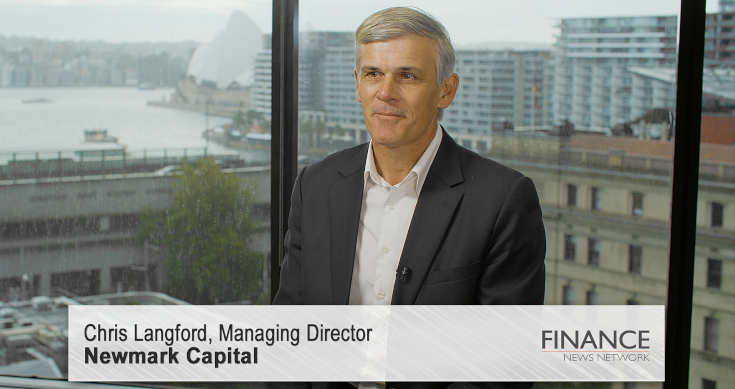Capital city housing markets have generally eased over spring as tighter lending conditions added to growing wariness from buyers and sellers.
The Melbourne market is no exception with falling home auction clearance rates and fewer buyers and sellers compared to last spring acting to subdue overall prices growth.
The recent steadying of the local market however predictably follows a remarkable period of booming house price growth that has averaged over 10% per year over the past five years.
With official interest rates now on hold at a record low level for over two years, the recent impact of sharply falling mortgage rates on housing demand and subsequent house prices growth has, as expected, now faded.
The key underlying drivers of the Melbourne housing market, however, remain the strongest of all the capitals.
Victoria continues to report record levels of net-migration with clearly the highest migration rate per head of population of any of the states.
First home buyer numbers in Victoria have surged over the past year following the significant stamp duty cuts introduced by the state government for the group, with levels the highest recorded for ten years.
The Melbourne rental market remains tight despite the record new supply – particularly apartments – of recent years. Vacancy rates continue to fall and remain well below 2% for both houses and units. Reflecting tight vacancy rates, Melbourne houses rents have increased by 2.3% over the past year with annual unit rents up sharply by 5%.
Upward pressure on rents is likely to continue as a result of a chronic underlying shortage of rental accommodation.
Reflecting strong underlying demand, new home development has continued to increase with developers signalling ongoing confidence in the prospective longer-term performance of the Melbourne housing market.
The local Melbourne economy is booming, with low and falling unemployment despite record migration and recent strong jobs growth likely to continue.
Despite the strong home price and rental growth of recent years, Melbourne remains significantly more affordable than the high-priced Sydney market with median prices and rents 25% lower.
Keep an eye out for my next article where I will examine a key growth Melbourne suburb with unique local growth advantages and also explain why Melbourne’s north and northeast suburban areas have been clear top regional performers over the past year.








